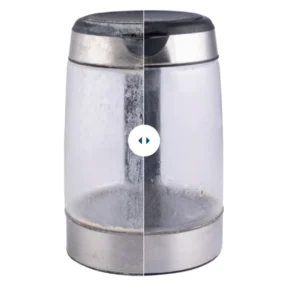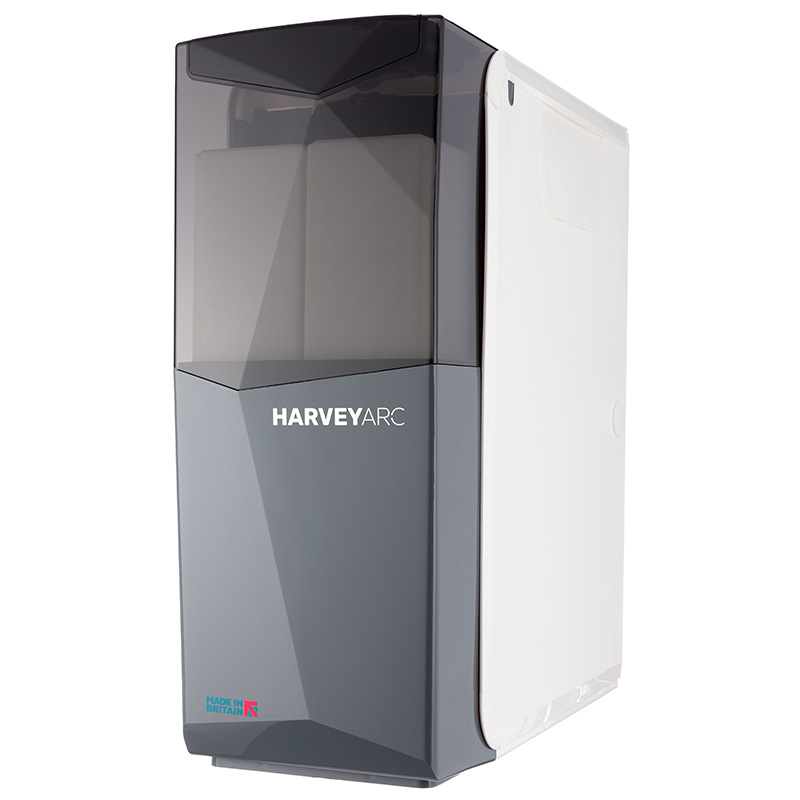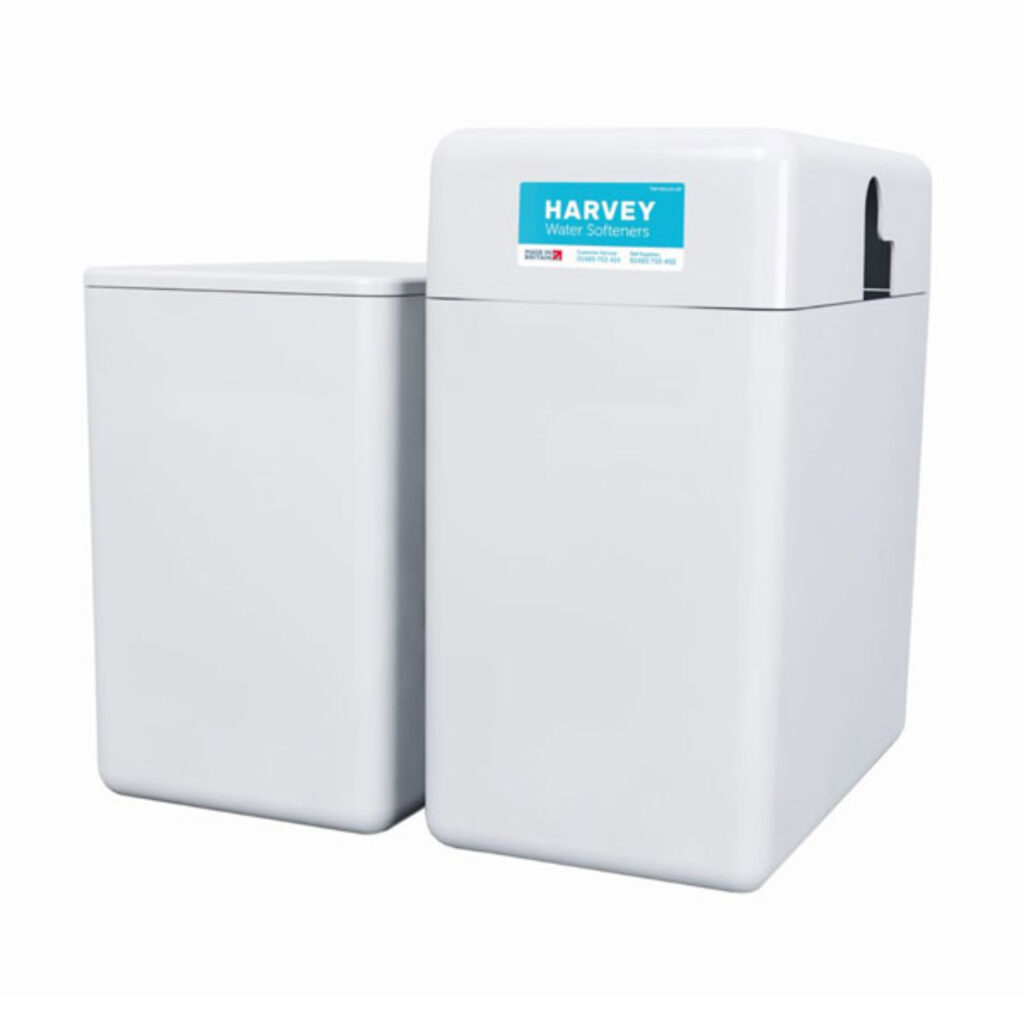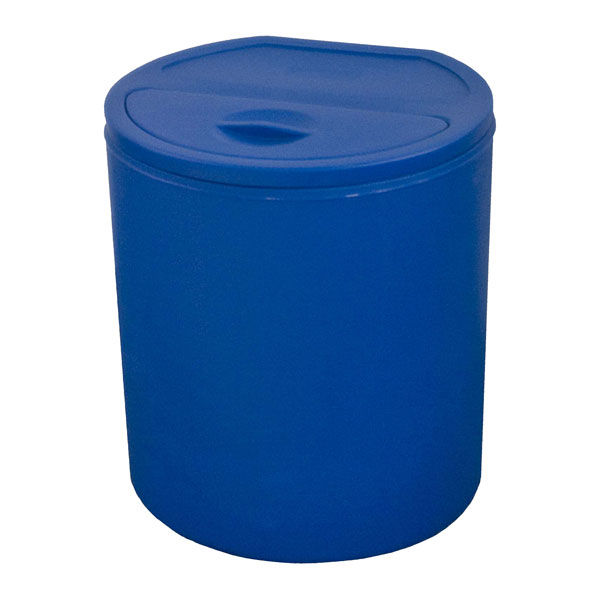
How to Remove Limescale from your Kettle
22 March 2024
View PostPosted on 22 March 2024 5 min read
Learn how to remove limescale from kettle is important because:
Limescale in a kettle is not just unsightly it also affects the taste of the water coming from your kettle, so your cups of tea or coffee can end up tasting ‘off’ if the issue isn’t dealt with.
Limescale is caused by a build-up of calcium and magnesium minerals in hard water. This hard water is formed when rainwater filters through rocks like chalk and limescale, picking up hard minerals along the way. Areas which have hard water then boil this in their kettle, where it can then cause issues with both the kettle itself and the taste of water.
Limescale is the white, chalky residue that accumulates in kettles or coffee machines, and it’s particularly visible on stainless steel. It’s a common problem in hard water areas, where the higher concentration of magnesium and calcium leads to limescale.
Removing it needn’t be a huge chore, though it does need to be done frequently to keep your kettle in top condition. Here are our tips on how to clean limescale from a kettle, and how to prevent it:
A simple shop bought kettle cleaner can be enough to remove the limescale from your kettle. These can be highly effective, but have the side effect of sometimes adding their own taste to your water and also being relatively expensive.
Choosing a natural limescale remover is often a cheaper and more environmentally friendly approach to removing limescale from your kettle. Any mild acid should do the trick; things like white vinegar and water mixed together, or lemon juice work well, wiped down with a damp cloth.
Both of these options clean the existing limescale, but it doesn’t stop it from coming back. The best cure is prevention, so investing in a water softener means that you remove limescale from your home completely, and you’ll not get new limescale built up. As well as the visual benefits, it’s also better for the pipework and appliances, in your home, and you can benefit from a range of other health, home and money benefits too.
Limescale comes from the high concentration of calcium found in the hard water we drink, so it will not cause you harm if you consume some from your kettle or coffee maker.
Kidney stones occur when there is a build-up of a substance in the body, such as calcium, ammonia, or cystine. However, there is no research which shows that drinking hard water increases your risk of developing kidney stones. In fact, you’re more likely to develop them if you’re not drinking enough water, so it’s worth keeping your kettle in top condition and brewing up!
With or without a water softener, cleaning your water is still key to maintaining a healthy kettle. To clean your kettle, we recommend using household items rather than shop-bought alternatives.
The whole process of cleaning kettles doesn’t take long to do, and uses either lemon or vinegar to clean and remove excess limescale from your kettle:
Doing this for a second time will act as a de-scaler, getting rid of any traces which could spoil your next cup of tea!
Some people also use baking soda to get rid of limescale, using the same method as above.
Another top tip is to make sure you don’t leave any water in your kettle once you’ve finished using it (standing water encourages a build-up of limescale).
The cleaning process should be repeated every month or so, depending on how often you use your kettle. If you have soft water (water which contains low concentrations of calcium and magnesium), you do not have to worry about descaling at all. Softened water means no chalky build-up of limescale, therefore helping to extend the life of your kettle and other kitchen appliances significantly.
Reducing the amount of limescale in your home is one major benefit of installing a water softener. 85% of our customers said that their limescale problems improved with a water softener in their home.
If you have hard water in your home, the build-up of limescale could shorten the life of your household appliances. Water softeners remove minerals from your water supply and drastically reduce the amount of limescale in your home.

This is our best selling water softener solution and includes smart connectivity to let you know salt levels and when to refill

The HVX is suitable for larger homes with 3-4 bathrooms or more. Simple to use, just fill up with block salt and get softened water

The Big Blue is our largest water softener for businesses and commercial properties that want softened water